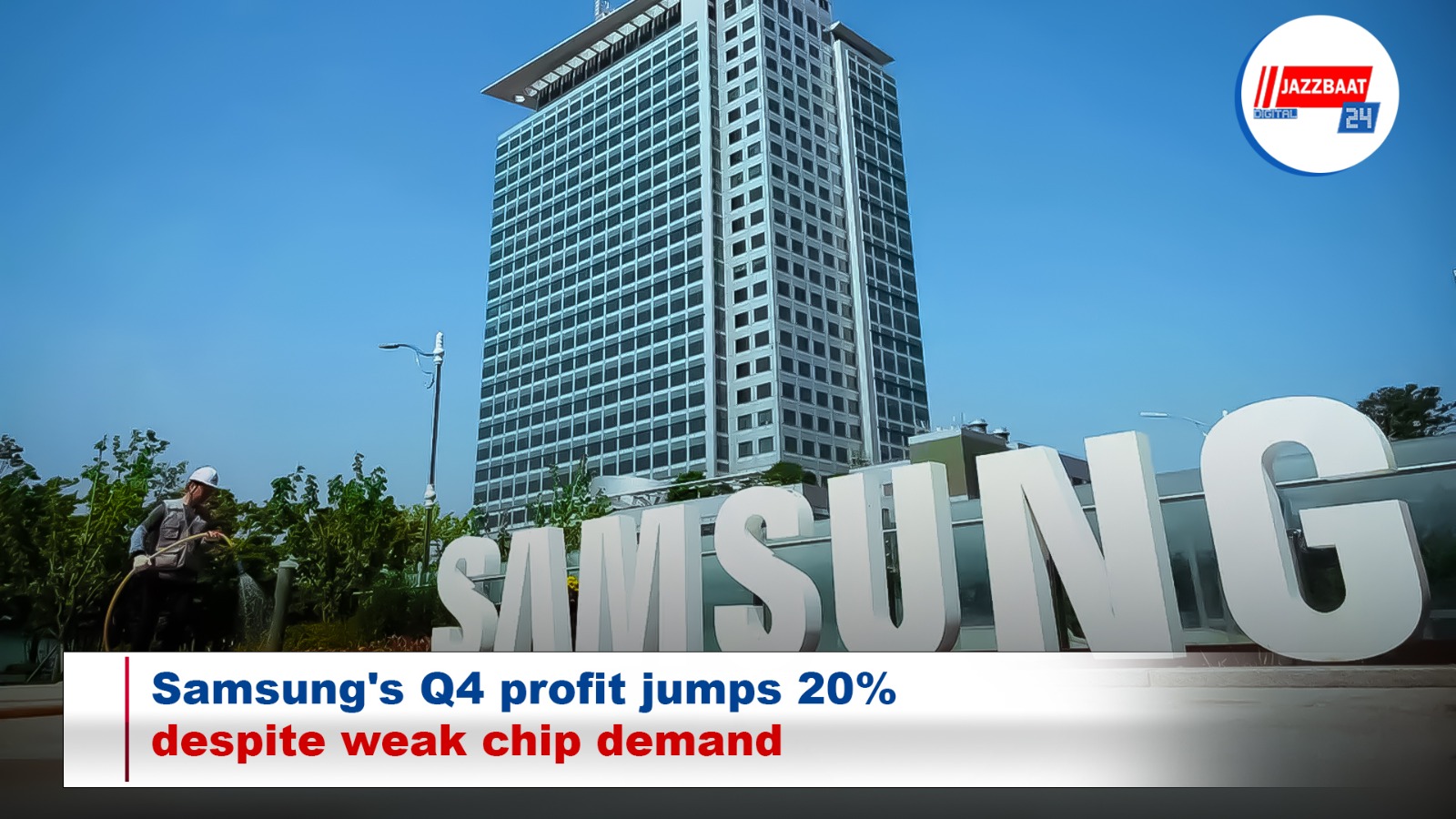Samsung Electronics said Friday its Q4 net profit rose over 20% on-year despite memory chip demand slowdown. Beating estimates.
Net profit was 7.75 trillion won ($5.4 billion) in the October-December period, up 22.2% from 6.34 trillion won a year ago, the company said in a filing.
Operating profit jumped 129.9% on-year to 6.49 trillion won. Sales rose 11.8% to 75.78 trillion won.
The earnings exceeded market expectations. According to a survey, the average estimate of net profit by analysts stood at 5.69 trillion won.
But operating profit missed estimates by 15.7% due to slow sales of traditional memory chips for PCs and IT devices and lower-than-expected performance of AI products such as HBM.
The company’s flagship semiconductor business made 2.9 trillion won in operating profit for the three months ended December on 30.1 trillion won in sales.
Memory chip sales reached a record high in the quarter due to higher DRAM prices driven by HBM and high-density DDR5 sales.
But operating profit fell from the previous quarter due to increase in R&D expenses and initial ramp-up costs for facility expansion.
Fabless (System LSI and foundry) business operating profit declined in the quarter.
The two non-memory businesses of Samsung Electronics are expected to lose over 2 trillion won in the quarter while the memory business made 5 trillion won in operating profit.
Samsung Electronics’ device division (mobile, TV and home appliances) made 40.5 trillion won in sales and 2.3 trillion won in operating profit in the quarter.
Mobile business operating profit decreased slightly from the previous quarter due to slow sales of flagship models.
TV and home appliances business profit decreased due to competition and cost increase.
In the mobile business, Samsung Electronics hopes the new Galaxy S25 series will drive sales in the coming quarters and lead the AI smartphone market.
HBM sales will be the key to further growth.
